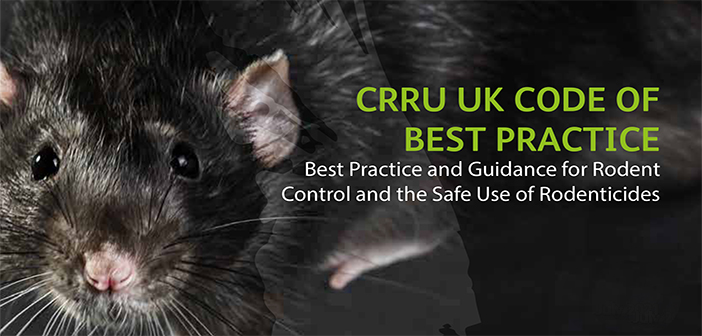The Campaign for Responsible Rodenticide Use (CRRU) will, in mid-January, publish an abridged adaptation of the CRRU Code of Best Practice in pest rodent control.
The need, it said, arises because annual monitoring of barn owls by CRRU from 2016 to 2021 found “stubbornly static” rodenticide presence in nearly 90% of barn owls.
Although not monitored so routinely, many other predator, scavenger and prey species are also known to carry rodenticide contamination, added CRRU chairman Dr Alan Buckle.
“These include red kites, buzzards and kestrels, and mammals such as hedgehogs, voles and field mice,” he said. Clearly, it’s imperative that rodenticide use is universally in well- informed and well-intentioned hands.”
The newly abridged code is written for pest controllers, farmers and gamekeepers collectively, with the intention to avoid any one of them scapegoating the others, CRRU said.
It recognises that all three groups will have some non-compliant members who are not enfranchised to any of the industry bodies that are so supportive of rodenticide stewardship.
Based on the full-length CRRU Code of Best Practice (https://thinkwildlife.org/download/ crru-uk-code-of-best-practice-2021/), the abridged version will cover:
- First things first – a clear plan for control and staying legal;
- Risk hierarchy – simplest and lowest risk first;
- Non-poison – much to gain, few disadvantages;
- Rodenticides – which to use for best and cost-effective results?;
- Bad landlord – repel or exclude unwanted residents; and
- Checklist for maximum impact, maximum cost-effectiveness, no unintended consequences.
When published, printed and digital copies of the abridged version will be available from CRRU-member rodenticide suppliers for distribution to customers, and as a download from the CRRU website: https://thinkwildlife.org/downloads.


